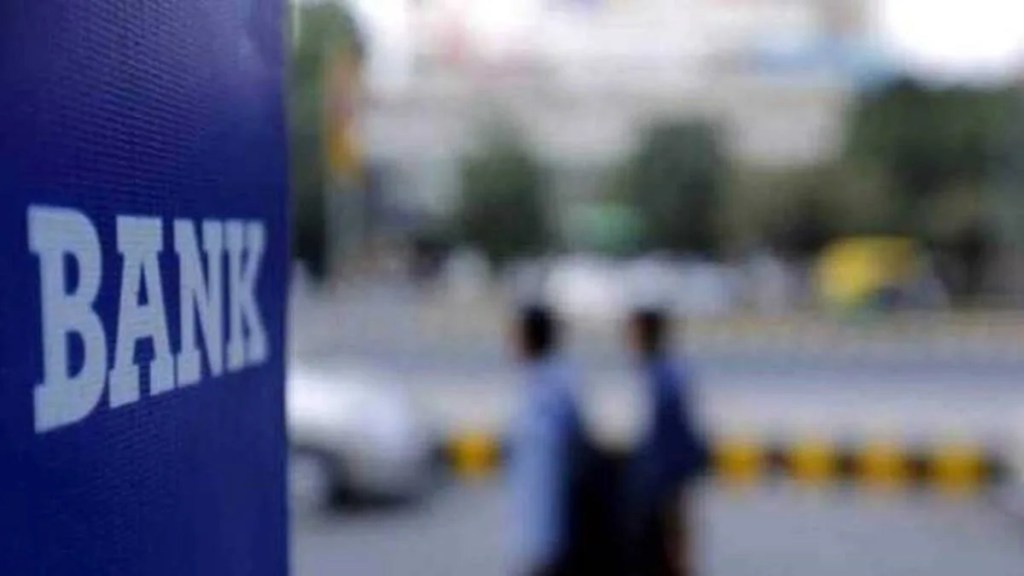The latest set of high-frequency indicators concerning the September quarter—record-high quarterly sales of passenger vehicles, sustained double-digit growth in goods and service tax collections, rising UPI transactions and buoyant sales of consumer goods—has lifted the mood ahead of the peak festive season. As for the sentiments among producers and sellers, the sanguine picture drawn by the Reserve Bank of India’s Quarterly Enterprise Survey is corroborated by non-government agencies—ICRA’s Business Activity Monitor, for instance, went up from 7.2% in the June quarter to a six-month high of 10.7% in August. Data from the output side bears out the demand uptick, with core-sector production having grown at a 14-month high rate of 12.1% in August, and the rise in the Index of Industrial Production for the month expected to come in around 10%, though on a low base.
Moreover, as the finance ministry noted in its monthly economic report for August, a clutch of indicators as of March 2023, including declining NPAs and rising returns of assets/equity suggest resilience of the banking sector and its ability to support investments and consumption. Large corporate groups are meaningfully de-leveraged and have boosted their bottom lines in Q2 thanks to reasonable sales volumes, falling input costs, and surging demand for premium goods. Of course, the jury is out on whether a private capex cycle has been set in motion yet—many think it hasn’t. However, the government is apparently standing up to its might—the Centre’s budget capex grew a robust 48% on year in April-August, and the state governments also have seemingly pitched in, enabled by the front-loading of capex loans and prompt tax transfers. To top it all, monetary policy tightening worked with calibrated fiscal steps to bring the core inflation down to a 40-month low level of 4.8% in August, implying the stickiness of inflation is largely due to food supply constraints.
All this seems to have let the economy grow at a rate significantly higher than 6.5% forecast by the Monetary Policy Committee in the just-concluded quarter. However, a deeper analysis would raise serious doubts about the sustainability of the current growth momentum. For sure, the growth rates being witnessed now are relatively low and the outcome of a debilitation of the economy’s productive capacity. It’s plausible that the present consumer confidence is a temporary blip, and a function of the animal spirits of the Indian households, rather than their confident faith in future income, or future economic activities. RBI data has recently revealed that household net financial savings rate fell to a near five-decade low of 5.1% of GDP in FY23, indicating weak wage growth and leveraged consumption.
There has, in recent years, been a transfer of profits from the MSMEs and the larger household sector to the bigger companies. This doesn’t bode well for the efforts to resuscitate the economy or regain a growth rate of 7-8%. A bigger share of large corporate sector in the economy necessitates a higher investment rate of 35% or so to attain desired level of growth, which, under the current circumstances, are quite a tall order. And the external sector might resume to be a drag on India’s GDP in the near-to-medium term, with rising crude oil prices, merchandise export slump, and slowing services exports. It is imperative to provide the economy with the right policy impetus and buttress its growth potential.

